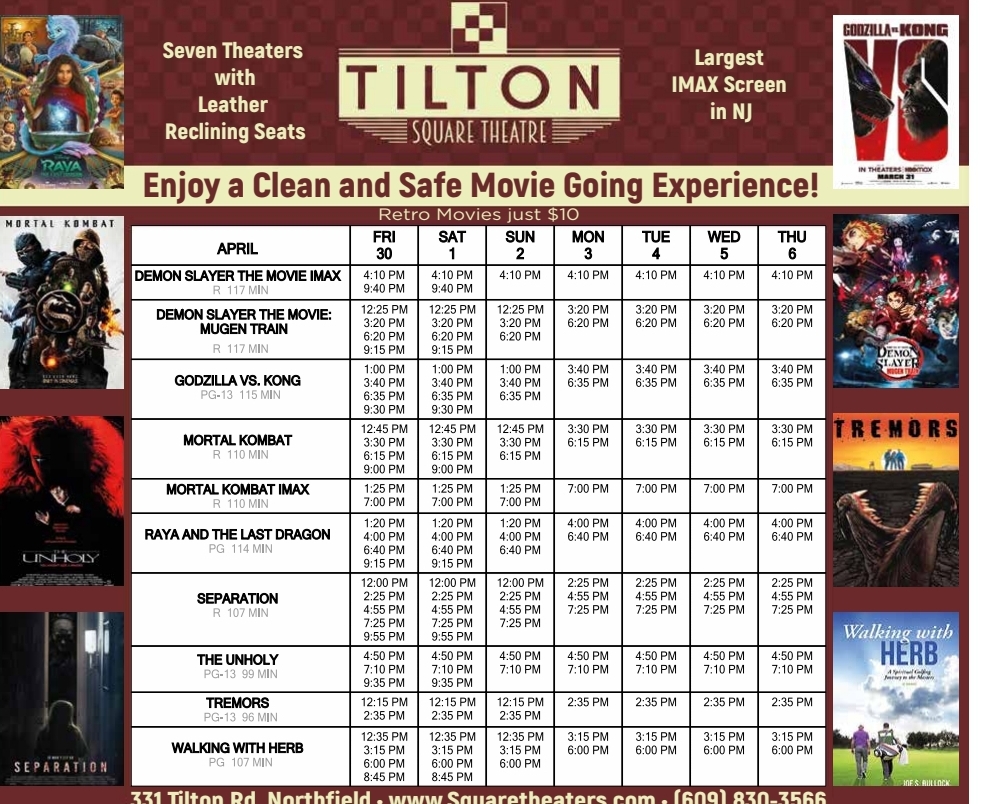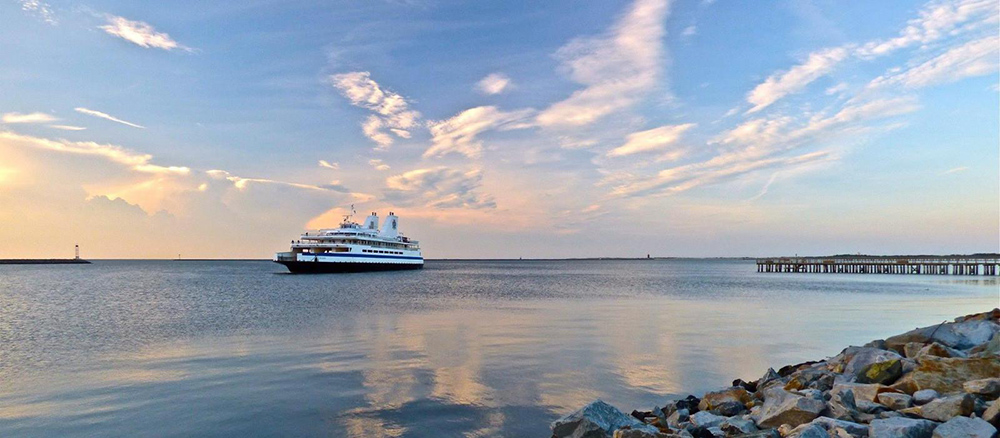But some say it’s time to talk about a bridge
By Bill Barlow
It’s been almost three years since the ferry MV Twin Capes sank about 30 miles from shore, with no one on board and no loss of life.
The 320-foot ship was intentionally sunk to become an artificial reef, after making a regular run across the Delaware Bay from 1975 until 2011.
The Delaware River and Bay Authority, which operates the ferry service between Cape May and Lewes, Del., had tried unsuccessfully to sell the vessel before deciding to scuttle it. Proponents of artificial reefs say they provide habitat for numerous varieties of sea life, including species important to the commercial and recreational fishing industries. Subway cars, retired navy destroyers and more have been added to the reefs.
The DRBA has not had much luck selling second-hand ferries. The MV Cape May, reportedly purchased in 1985 for $14.5 million and remodeled in 1998 for an additional $20 million, was sold in 2013 to be used as a barge for a reported price of $750,000.
The ferry service is now looking to buy a new vessel. Earlier this year, the DRBA announced that it had hired Elliott Bay Design Group (EBDG), LLC of Seattle, Washington, a naval architecture/marine engineering firm, to lead a team of consultants working on a design concept for a new vessel.
“EBDG’s first task is to analyze the findings and results of the 2008 Marine Master Plan, conduct a thorough assessment of our existing ferry vessels, and provide an evaluation of future vessel needs,” said Heath Gehrke, director of ferry operations, in a prepared statement. “When completed, this new planning document – including the conceptual design of a new vessel, will guide our future decision-making process. Our goal is to improve service and reduce operating costs while laying the foundation for sustainable ferry operations for the next generation of our customers.”

The ferry operates at a loss, and has for years. The deficit runs about $8 million a year. A 2019 fare increase aimed to reduce that loss, but the authority took a big hit in 2020 as COVID-19 meant changes to the operations while travel plummeted.
The ferry operation spent less on fuel and other expenses last year, but that did not come close to bridging the gap.
According to the Authority’s Chief Financial Officer Victor Ferzetti, the pandemic hit revenue expectations hard.
“With reduce traffic and revenues at the Delaware Memorial Bridge and Cape May – Lewes Ferry, the Authority revenues are down more than $26 million,” Ferzetti said in a statement released when the DRBA approved its budget. “While some improvement is expected in 2021, our revenue projections for the upcoming year are still more than $11 million below pre-COVID forecasts.”
The budget was over $78.9 million. Of that, about 80% comes from tolls on the Delaware Memorial Bridge. The authority also operates airports, business centers and the Forts Ferry Crossing, a much smaller operation than the Cape May-Lewes ferry.
The first step toward a new ferry will be updating the Marine Master Plan, which was created in 2008. The updated plan aims at keeping the ferry service operational, providing “safe, efficient and sustainable transportation.”
The ferry launched in 1964, connecting the 17-mile stretch between the New Jersey terminal near the Cape May Canal in Lower Township – not far from the southern end of the Garden State Parkway – to Delaware. Since then, the ferry has taken 14 million vehicles across on a ride that takes about 80 minutes.
For comparison, the Delaware Memorial Bridge handles more than 86,000 vehicles a day, according to the DRBA’s statistics. That’s 31.39 million a year, more than double what the ferry has carried in more than 50 years.
A recent editorial in a daily newspaper said it is time to abandon the ferries, opting instead for a 17-mile bridge across the bay. The billion-dollar proposal has been discussed but never formally studied. In the piece, the newspaper slammed the ferry for spending millions to upgrade the MV Twin Capes – now a reef – to make it like a cruise ship, serving fine dinners in a luxurious setting only to see its kitchens shut over unsanitary conditions.
A spokesman with the DRBA did not respond to calls or emails seeking comment about the feasibility of the idea of building a bridge. Such a bridge would cross shipping lanes and extend much farther than any other bridge in New Jersey. The Delaware Memorial Bridge is a little over two miles, and the Pulaski Skyway, the longest bridge in the state, just over 3.5 miles.
“I’ve thought it was a good idea for years,” said Gerald Thornton, the director of the Cape May County Board of Commissioners. He said he and others in the county have advocated for a bridge across the bay for decades, citing the Chesapeake Bay Bridge Tunnel as proof the engineering can work.
That four-lane, 20-mile crossing of the Chesapeake Bay was a massive undertaking, taking years to build and costing $450 million in 1964, about $3.9 billion today.
Thornton said a Delaware Bay Bridge would be a massive boon to county tourism and help build a year-round economy in the county, which depends on summer beach visitors for most of its business.
The DRBA plans to keep the ferry running. There are three currently serving the route, with plans to explore the possibility of faster or smaller vessels, and green-friendly options like alternative fuels and hybrids. The review of the master plan is expected to take a year, to include a cost estimate and a review of lessons from previous efforts at the ferry. Those interested in commenting on the plan may do so at www.cmlf.com/marine-master-plan or email MarineMasterPlan@drba.net.












